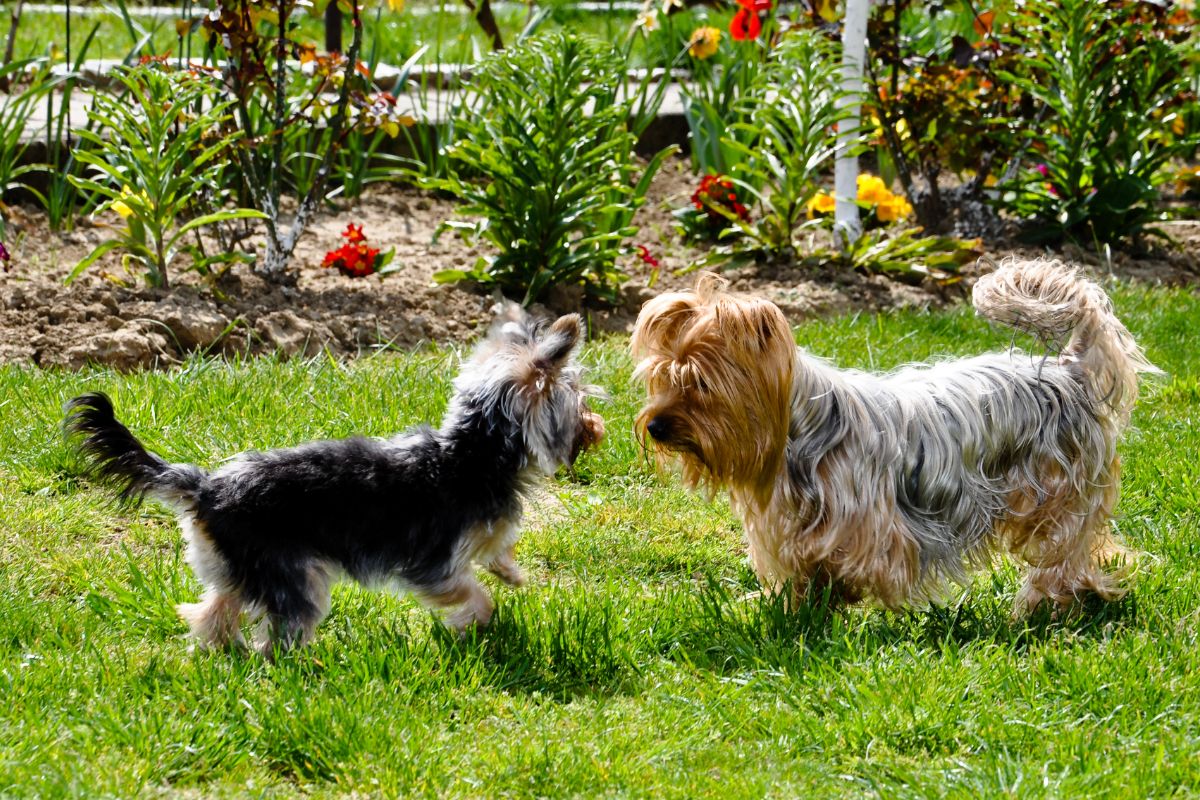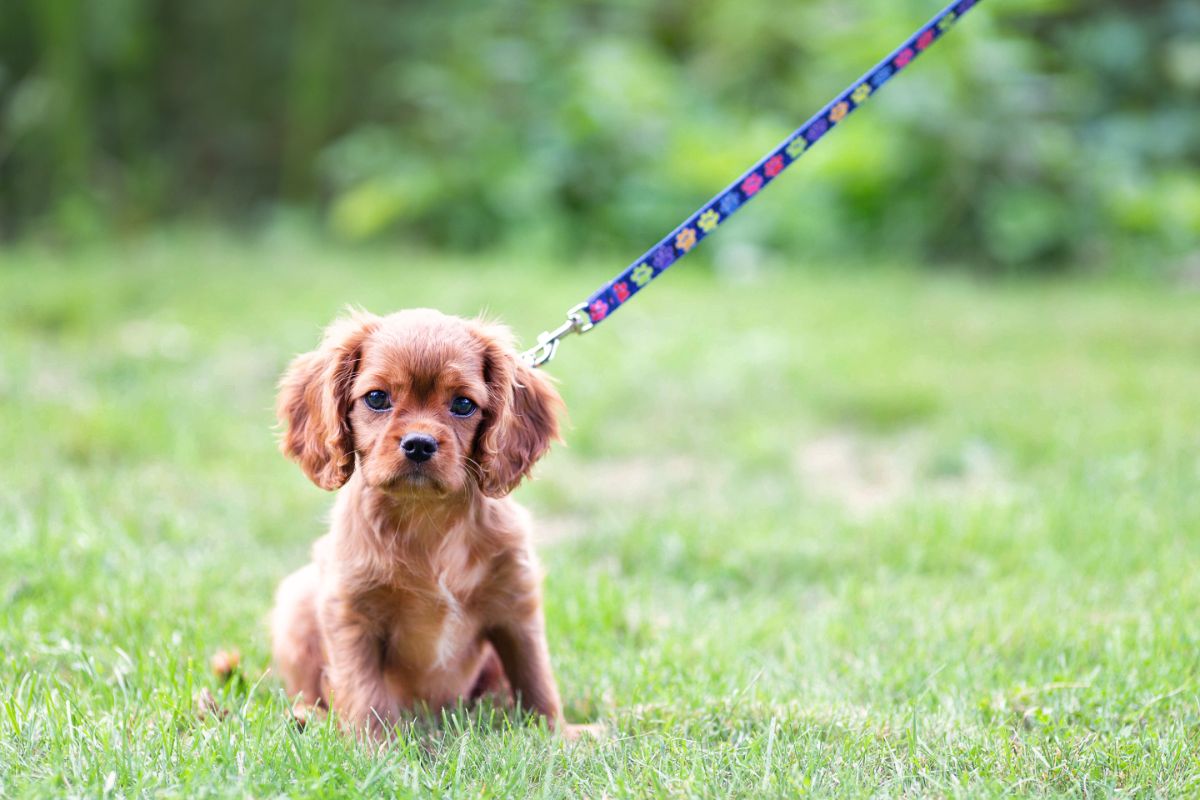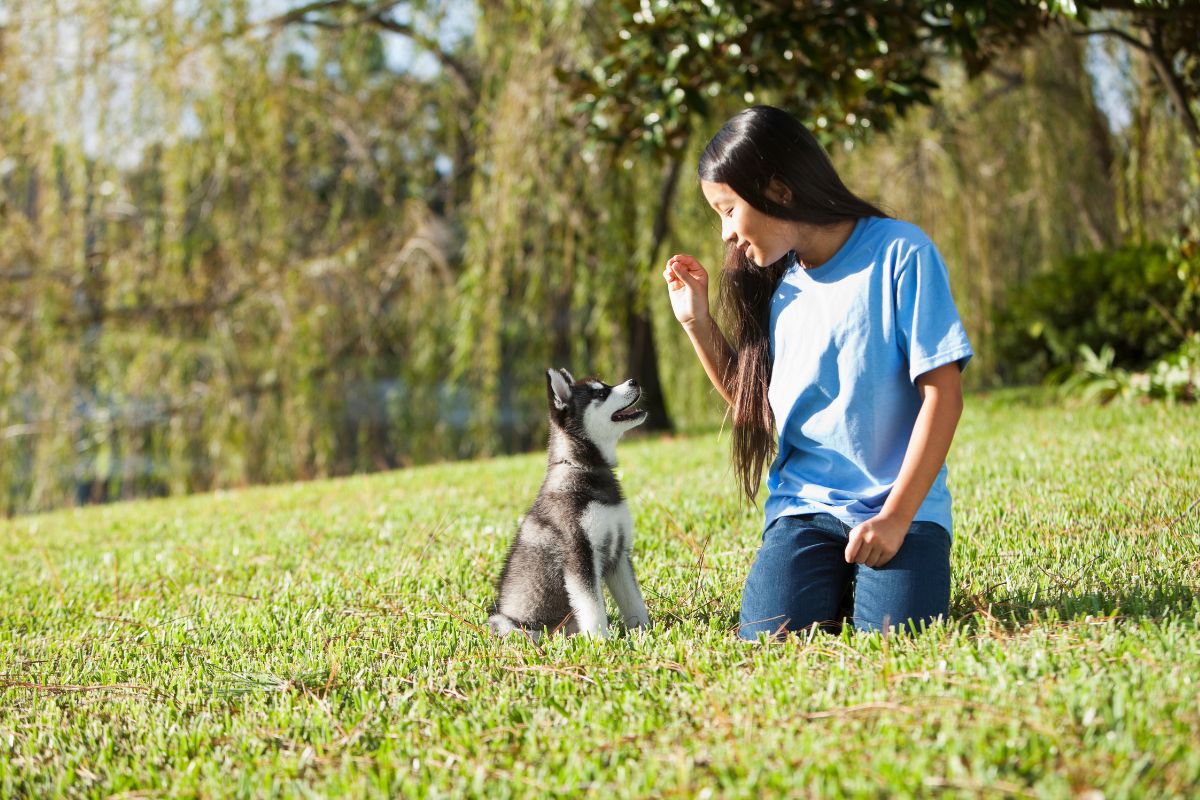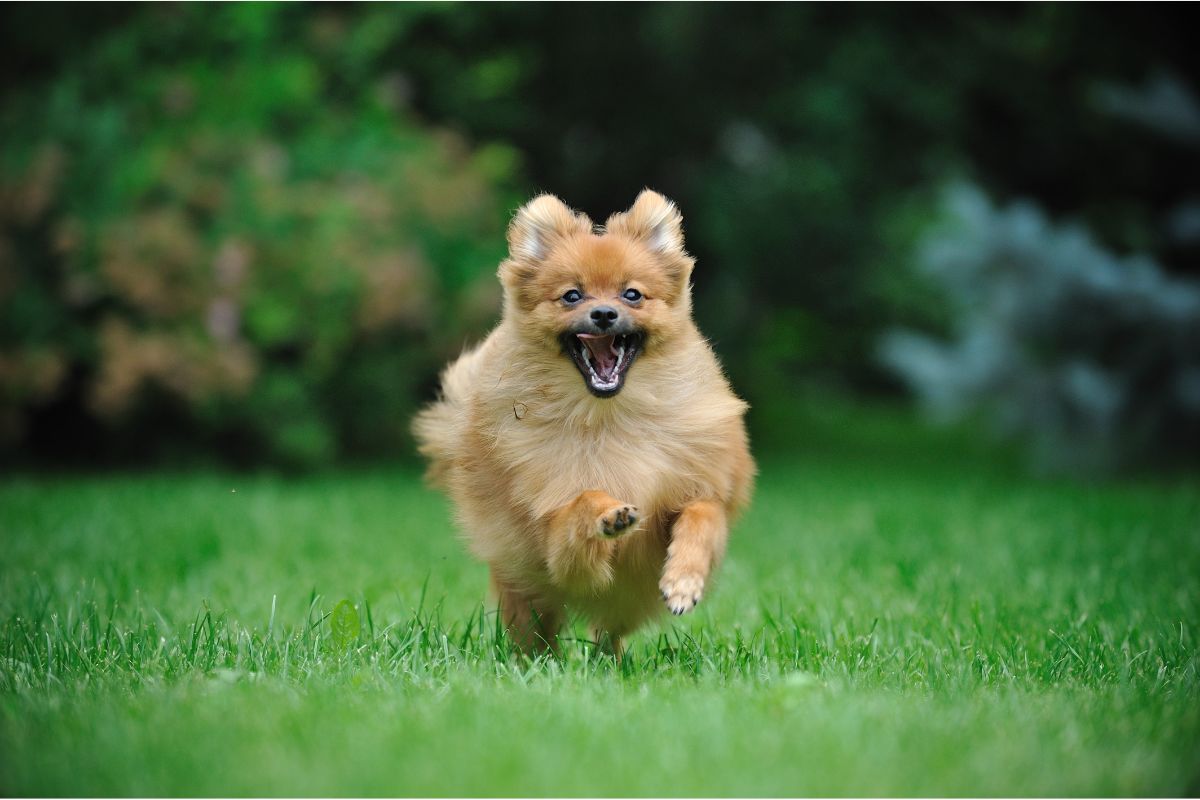If you had siblings growing up, then you kind of know what sibling rivalry can feel like.
You may have argued a lot, fought over the TV remote, had actual fist fights over something small like who got to have a turn on the XBOX first.

The same goes for canines who are ‘siblings’ living in the same home. Dogs can have fights, act aggressively, compete for attention, and disrupt the whole household. This is what we call canine sibling rivalry.
In this guide, we will go over exactly what canine sibling rivalry is, and how you can deal with it if you have two or more dogs living together.
What Is Canine Sibling Rivalry?
Canine sibling rivalry is when there are two or more dogs living together in the same household, who are fighting.
These dogs may act aggressively towards one another, or actually fight, bite, and compete against one another.
Canine sibling rivalry typically stems from competitive behavior or can be caused by dominance struggles between the dogs.
This is common if the dogs are of a similar age, are of the same sex, or if they are competing for the affection of one human.
When two dogs are competing, are of a similar temperament, or are a similar age, they can have physical fights.
Sometimes, it could be a case of aggression, growling, and warning signs for the other dog, but some dogs can actually draw blood and fight the other.
This can really disrupt the balance of the household, and as the owner, you may not know what to do to intervene, especially if your dogs are becoming increasingly aggressive towards one another, as you could become injured too.
Causes Of Sibling Rivalry
There are many possible causes for this behavior. These are:
- Fighting for dominance – dogs have a pack mentality where there is a hierarchy. The leader needs to be established among dogs, and some will assert their dominance to do so.
- Favoritism – if the owner tends to favor one dog, the other may try to establish dominance and fight for affection. They should be treated the same with the same rules.
- Health problems – if an older dog starts to develop health problems, they may become aggressive due to the pain and to avoid weakness. The younger dog can also establish dominance now that the older one is weaker.
- Changes to the environment – changes in routine can disrupt your dogs and make them anxious. This can lead to aggressive or defensive behavior.
- Lack of exercise – this behavior can be a means of expressing energy, and your dogs may be fighting due to boredom.
- Food/toy sharing – Dogs can resource guard and can become territorial around food and toys. Ensure that your dogs have their own spaces, beds, toys, and bowls for eating, or you may have to separate them during feeding and sleeping times.

How To Manage Canine Sibling Rivalry
You have to remain calm in these situations, as hard as it sounds. You also have to be careful in how you manage the situation, as how you intervene can make the rivalry worse.
For instance, if you remove one dog from the situation, you could be favoring the other.
However, if there is one established dog that is the presumed dominant one, such as an older dog, and a puppy or younger dog is trying to gain dominance, then support the older dog.
Teach the younger dog that this behavior will not be tolerated. In addition, if the fighting is rather aggressive, then do not try and intervene with your hands, as you could become injured.
Instead, if a fight breaks out, try to startle the dogs and distract them with a loud noise. Then, you can remove the dogs, and place them in separate places such as a crate for a time-out.
This should reinforce that this behavior results in long breaks alone in a designated space. Only when the dogs are calm can they be released.
If a fight happens again, repeat the process, and give them time-outs.
Shouting and freaking out can make your dogs more anxious, so try to stay calm and do not yell.
Do not try to assert dominance by grabbing them or touching them aggressively, as again, this can make it worse.
You may also need to avoid situations where toys/food can be fought over. Even if you have 100 toys, your dog may want what its sibling has.
Instead, ensure your dogs are fed separately, in different rooms so that no aggression or resource guarding can take place.
Final Thoughts
To summarize, canine sibling rivalry can be a hard issue to solve. For the best results, you will need to offer no affection that the dogs can compete over.
You are not a possession that they can fight about. Also, remove all toys from communal areas, especially bones and high-value treats.
Ensure that your dogs are mentally and physically stimulated, and play with each one separately.
You may need to enforce stays and sit-downs in their places (crate/bed) while you play with one, and then swap with the other.
This creates boundaries. You have to feed them separately, and not allow one dog to steal food or toys from the other.
Only when you are confident that they have learned to wait their turns, stay in their place while the other gets something, and maintain those boundaries, should you attempt to feed them together and allow them to play together.
- How To Teach Your Puppy Their Name Easily! - July 18, 2023
- Is Your Puppy Counter Surfing? Find Out How To Stop It! - July 18, 2023
- How To Train Your Puppy For Car Rides: Everything You Need To Know - July 18, 2023










